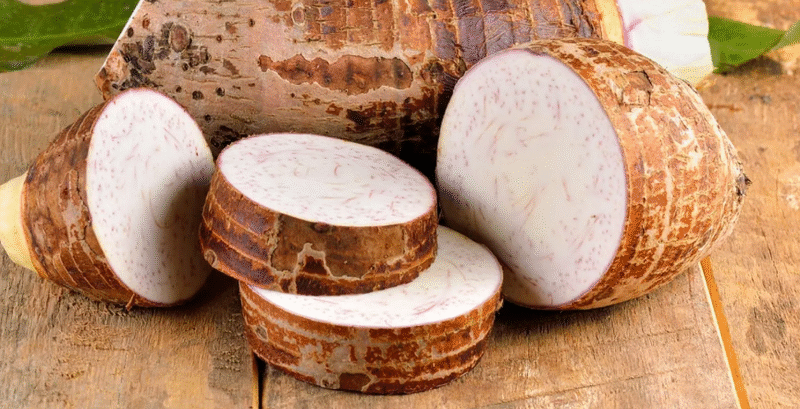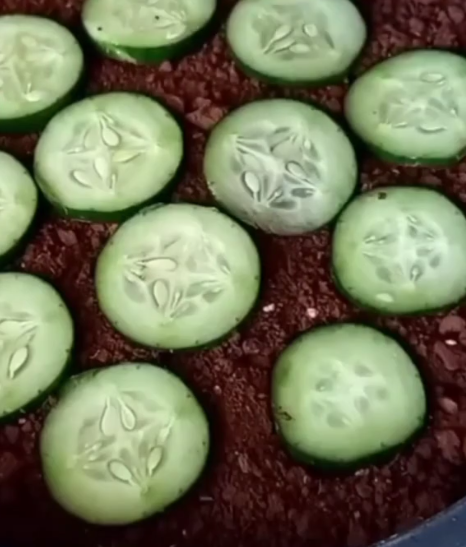Discover the Power of Taro Root: Nutrient-Rich, Flavorful & Versatile 🌱🍠
Taro root is a humble starchy tuber with a distinct brown, hairy skin and creamy white or purple-speckled flesh. Whether cooked in savory stews or sweet desserts, it’s a staple across many cultures—from Polynesia to Southeast Asia and West Africa. In this comprehensive guide, we’ll delve into everything you need to know to maximize both health benefits and culinary potential. Ready to unlock the secrets of taro root? Let’s get started!
1. 🌿 Nutritional Powerhouse: Why Taro Is So Good for You
Taro is packed with essential vitamins, minerals, and fiber that support everyday health and long-term wellness.
Vitamins & Minerals You Can’t Ignore
- Vitamin E: A fat‑soluble antioxidant that fights free radicals and supports skin and heart health.
- Vitamin B6: Critical for nerve health, mood regulation, and amino acid metabolism.
- Potassium: Helps control blood pressure and supports muscular and nerve function.
- Magnesium: Aids energy production, calcium absorption, and serves muscle and nerve function.
- Manganese: Supports antioxidant activity and enzymatic reactions.
Fibrous Fuel for Digestion & Satiety
With significant dietary fiber content, taro:
- Promotes regular digestion and helps prevent constipation
- Stabilizes blood sugar peaks and troughs
- Reduces LDL (“bad”) cholesterol absorption
- Helps control hunger and manage weight
| Nutrient | Amount per 100 g cooked taro | Health Benefit |
|---|---|---|
| Carbohydrates | ≈ 27 g | Main energy source, complex slow-release carbohydrates |
| Dietary Fiber | ≈ 4–5 g | Supports digestion, blood sugar, heart health |
| Protein | ≈ 1.5 g | Aids muscle repair and satiety |
| Vitamin B6 | ≈ 0.3 mg (15% DV) | Nervous-system support, neurotransmitter synthesis |
| Potassium | ≈ 600 mg (17% DV) | Heart, muscle and fluid balance |
| Magnesium | ≈ 30 mg (8% DV) | Energy and nerve transmission |
| Manganese | ≈ 0.4 mg (20% DV) | Bone health and metabolism support |
2. 🍽️ Culinary Uses: From Savory Staples to Sweet Treats
Taro is incredibly versatile. Here are creative ways to enjoy both root and leaf:
- Savory: In curries, stews, soups like Hawaiian poi, Nigerian taro pottage, or stir-fried with garlic and greens.
- Sweet: Desserts like taro bubble tea, purple taro ice cream, cakes, puddings, and traditional sweet dumplings.
- Leaf: When properly cooked (boiled with lime juice or baking soda), taro leaves become tender and nutritious, used in dishes like callaloo and lau lau.
- Chips & Fries: Thin slices baked or fried into crispy chips—nutritious alternative to potato fries.
3. 👩⚕️ Health Benefits Unveiled: More Than Just Fiber
Supports Heart Health
Potassium helps relax blood vessels and reduce blood pressure, while soluble fiber supports healthy cholesterol levels.
Blood Sugar Management
The slow-digesting starch and fiber content reduce glycemic impact—making taro a smart carb option that helps stabilize glucose levels.
Digestive & Gut Health
Fiber acts as a prebiotic, feeding healthy gut bacteria, which can improve nutrient absorption and immune function.
Antioxidant Protection
With vitamin E and phenolic compounds, taro helps neutralize oxidative stress and support cell integrity.
Energy & Mood Support
Vitamin B6 plays a vital role in neurotransmitter production, supporting mood balance and energy metabolism.
4. Safe Preparation & Cooking Tips
- Always cook raw taro root and leaves thoroughly to deactivate calcium oxalate crystals that can cause irritation or a stiff throat.
- Peel under running water to remove surface irritants.
- Boil for 10–15 minutes and discard initial water if worried about itchiness.
- Use gloves when handling raw taro if you have sensitive skin.
5. 👩🔬 Expert Insights
- Dr. Leila Nour, Nutritional Botanist: “Taro is an underappreciated source of complex carbohydrates and antioxidants—not just calories, but quality nutrition.”
- Prof. Mark Benson, Food Science Specialist: “Its blend of fiber, starch, potassium and B‑vitamins makes it a functional ingredient for heart health and digestion.”
6. 🧠 FAQs: Everything You’re Wondering About Taro
- Q: Can I eat taro raw?
A: No—raw taro contains calcium oxalate crystals that can cause itching or digestive upset. - Q: Is taro safe for people with diabetes?
A: In moderation, yes—its lower glycemic index and fiber content help moderate blood sugar response. - Q: What about allergies?
A: Rare, but possible. If you are sensitive to other roots or allergies, introduce taro slowly. - Q: Can I use taro leaves?
A: Yes—fully cook them to neutralize toxins, use in stews or as a green vegetable substitute. - Q: How can I store taro?
A: Keep in a cool, dry place (not refrigerator) for up to 2–3 weeks. Cooked taro lasts 3–4 days refrigerated. - Q: Is taro gluten-free?
A: Naturally, yes—safe for those with celiac disease or gluten sensitivity. - Q: Does taro help lose weight?
A: Its fiber and slow-digesting starch help with fullness and reduce overeating. - Q: Can I substitute potatoes with taro?
A: Yes—use it in mashed, fried, or roasted forms for a flavorful twist. - Q: Can pregnant women eat taro?
A: Generally safe when well cooked—but always consult a healthcare provider if concerned. - Q: Any medicinal or traditional uses?
A: In traditional medicine, taro has been used for soothing digestion and improving vitality.
7. 🍳 Delicious Recipes Featuring Taro
- Poi (Hawaiian Taro Mash): Cook and pound steamed taro into a smooth, creamy paste.
- Taro Coconut Milk Dessert: Cubed taro simmered in sweet coconut milk, pandan, and palm sugar.
- Taro Fries or Chips: Slice and bake or fry until golden—season with salt or spices.
- Bubble Tea: Taro‑flavored drink with purple taro puree, milk and tapioca pearls.
- Callaloo or Laulau: Taro leaves cooked in coconut stew, spices, often with fish or meat.
8. 🌏 Global Traditions & Cultural Highlights
- Polynesia: Poi is a ceremonial staple across Hawaii and the Pacific Islands.
- Southeast Asia: Taro desserts like bubur ubi, taro cakes in dim sum, and savory curries.
- West Africa: Taro pottage and stews with leafy greens.
- Caribbean: Used in soups, mashed with yams, or in sweet puddings.
9. 🛒 How to Pick & Store Quality Taro
- Choose firm, unblemished roots without mold or soft spots.
- Opt for medium size—too large may be woody, too small less starchy.
- Store whole in a cool dry place; refrigerate cooked or peeled pieces in sealed containers.
10. ✅ Final Thoughts & Natural Wellness Reminder
Taro root is more than just a starchy tuber—it’s a nutritional treasure trove rich in fiber, B‑vitamins, potassium, and antioxidants. When properly cooked, it’s safe, delicious, and supportive of heart health, digestion, blood sugar control, and overall vitality. Whether eaten in a savory stew or a sweet bubble tea, taro brings culture, health and flavor together in one humble package.
Have questions on recipe ideas, pairing with modern ingredients, or cooking in specific cuisines? Feel free to ask anytime—happy to help your kitchen embrace the magic of taro!






